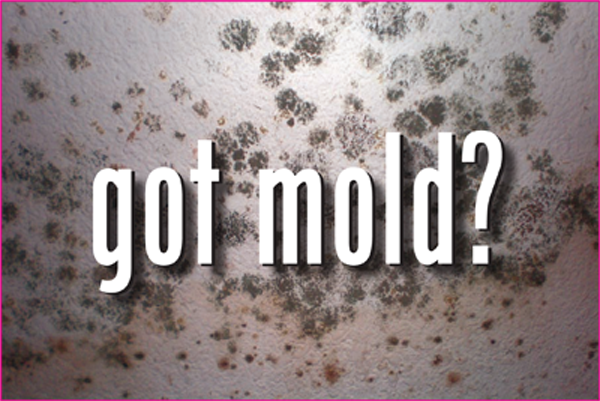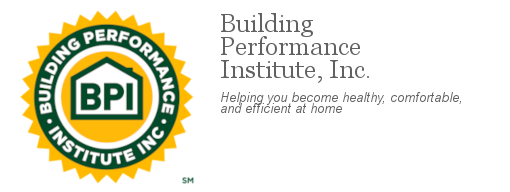
We all know that mold in our homes is a bad thing – but exactly how bad is it for your health and your home itself?
Mold grows by releasing its spores (reproductive cells) into the air, which are invisible to the naked eye. It can spread and grow anywhere as long as moisture and oxygen are present, but commonly grows on surfaces such as insulation, sheetrock, tile, fabrics and wood. It can enter your home through windows, vents and doorways or it can attach itself to clothing and pets and be carried inside. It might be a shock to learn that you can have hundreds or even thousands of mold spores in one cubic foot of air in your home.
Mold and your health
Mold spores that land on a wet or damp spot and begin growing can produce allergens, irritants and potentially toxic substances. Continuous exposure to a moldy environment can cause or worsen pre-existing health effects. Seemingly healthy people can also suffer from throat irritation, coughing or wheezing, eye irritation or nasal stuffiness in a home with high levels of mold. People who are allergic to mold or who have any pre-existing health issues could get serious infections in their lungs that can spread. Those with asthma could see worsened asthmatic symptoms over time due to exposure to mold spores. Some recent studies even suggest a potential link of early mold exposure to development of asthma in some children.
Mold and your home
Mold growth affects not only your family’s health but also the health and safety of your home. Because it grows where moisture and oxygen exist, mold tends to grow around leaks in your home’s roof, windows, pipes and especially in flooded basements. Showers and even cooking can add moisture to the air and cause a mold issue!
Mold thrives by feeding off its source, so it almost always destroys that source as well. Thus, to get rid of an infestation in a home, you will most likely need to tear out drywall, wood or other materials that it has penetrated. Take the EPA’s interactive room-by-room Mold House tour to view the common mold issues in a home and learn how to remedy them.
How to control mold growth
While it is impossible to completely get rid of mold spores in the air, you can prevent mold growth by controlling moisture levels in your home. Taking the following basic measures can help you keep your home mold-free:
- Keep your indoor humidity level below 60 percent, ideally between 30 and 50 percent, and open windows to let fresh air in if it isn’t too humid outdoors.
- Don’t let water build up anywhere and be sure to ventilate damp rooms.
- Be sure to transfer wet clothes in the washing machine to the dryer immediately.
- Fix any leaks or seepage in the house as soon as you notice them.
- Use dehumidifiers and air conditioners in crawl spaces, basements and other areas of the house where mold tends to grow.
Mold can be a health and safety issue if it becomes a problem in your home, so avoid the issue by taking steps to prevent its growth. You’ll thank yourself later!

Follow us